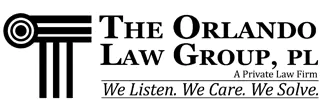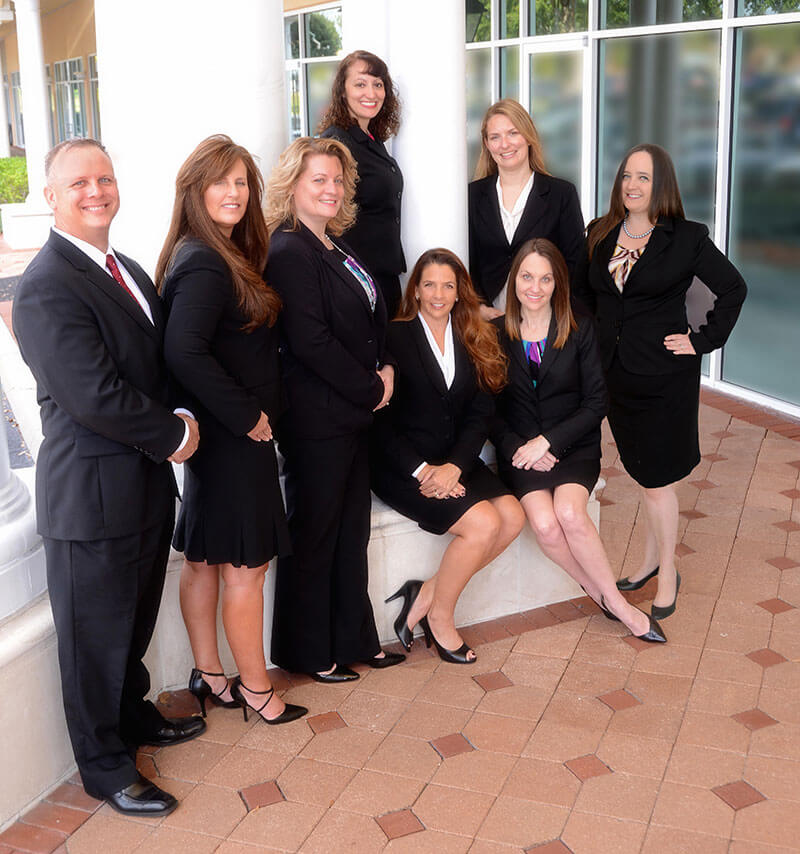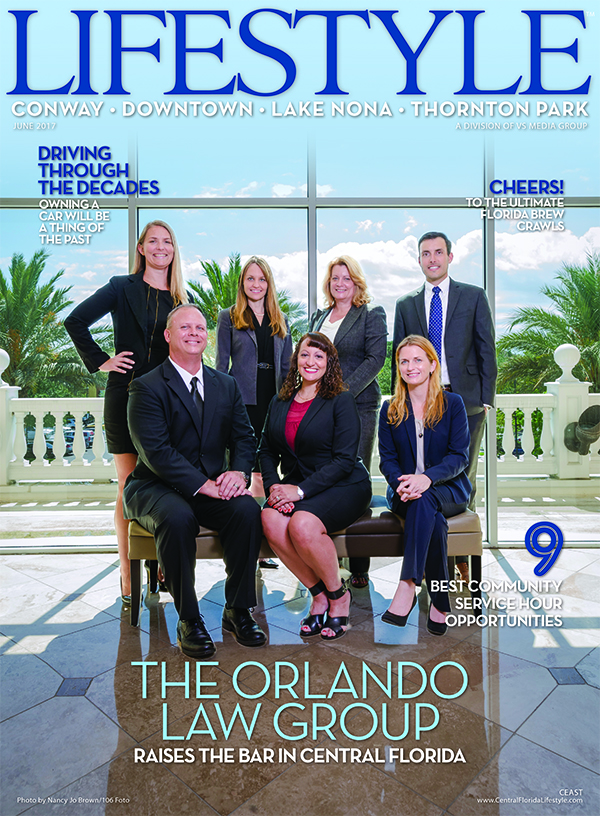By Heather A. McLeod, The Orlando Law Group, PL
Published in “Building Central Florida Magazine
On April 28, 2016, the Florida Supreme Court rendered its decision in Castellanos v. Next Door Company. Shortly thereafter the Florida Supreme Court rendered its decision in Westphal v. City of St. Petersburg on June 9, 2016. The Castellanos case had been tried on July 3, 2012 and then oral argument took place on November 5, 2014. Westphal was tried on June 22, 2012 with oral argument occurring on June 5, 2014. So, these cases sat pending for 540 days and 735 days respectively since oral argument. These two decisions have now turned back the clock on major provisions of the workers’ compensation law.
In Castellanos, the Supreme Court declared the attorney provision of the statute unconstitutional. The statute had been changed in 2003 as such that an attorney representing an injured employee was strictly restrained to a formula fee based upon the value of the benefits secured. Prior to 2003, the statute allowed for a reasonable fee which would further allow for an attorney to receive their fee based upon the reasonable hours to secure the benefits.
In coming to this ruling, the Court explained that the attorney’s fees in Florida workers’ compensation serve a dual purpose. First, the fees enable the injured worker who has not received benefits to obtain competent legal assistance. Secondly, the fees serve as a penalty to employers that are wrongfully denying benefits. As a result of the Castellanos decision, the attorney for the injured worker has the ability to show that a statutory or formula fee will result in an unreasonable fee and thereby assert a fee based upon the hourly basis.
The Court in Westphal declared the provision of the statute, 440.15 (2), as unconstitutional. This section limited the injured worker to 104 weeks of temporary total disability. The Court stated that this limitation deprived the injured worker of disability benefits under these circumstances for an indefinite amount of time which created a system of redress that no longer functioned as a reasonable alternative to tort litigation. Workers Compensation Insurance provides the Employer with immunity against a civil action. As such, the injured worker gives up the right to sue them in tort for exchange of workers’ compensation benefits. The Court found that the limitation to 104 weeks was no longer a reasonable exchange for giving up the rights. To provide some history, Westphal involved a firefighter who had exhausted his 104 weeks of temporary benefits and sought Permanent Total Disability benefits. However, he still required additional surgeries and did not meet the prerequisite for Permanent Disability Benefits because he had not reached Maximum Medical Improvement. Thus, he fell into a gap period between exhausting the temporary benefits and being able to pursue permanent benefits.
The Supreme Court found this gap period violated access to courts and cut off their benefits at a critical time with no redress. In declaring it unconstitutional, the Court revived the 260-week limit on temporary total benefits that existed in the pre-1994 version of the statute.
WHAT EFFECT WILL THESE DECISIONS HAVE ON EMPLOYERS?
As a result of the Castellanos decision, we have seen an immediate spike in attorney representation for injured worker’s claims and the filing of claims. Moreover, there were awards of attorney’s fee to claimant’s attorneys going back several years which had just been sitting out there. There was no way to push the fee issue and the claimant’s attorneys were waiting until this decision in order to pursue an hourly based fee.
We are seeing the filing of Verified Petitions for Fees to resolve those old fee awards on an hourly basis. While the starting point still remains the formula fee, there is no doubt that we will see more litigation as claimant’s attorneys will have an incentive to take more depositions and engage in more litigation in order to provide evidence that the statutory fee would produce an unreasonable result. We will see their willingness to litigate smaller issues as there is an incentive to do so.
With Westphal, there is still some ambiguity as to the extent the limitation of 104 weeks applies. The Court’s decision rendered the statute unconstitutional only “as applied to Westphal and others similarly situated.” Thus, the ability to secure the additional weeks may be dependent upon how similar the injured worker is to Wesphal. In the pre-1994 statute, it provided 260 weeks for temporary total benefits and a separate 260 weeks for temporary partial benefits. As such, this decision could mean the injured worker is entitled to up to 260 weeks of temporary total and that includes the 104 weeks of temporary partial.
Alternatively, the decision could mean the injured worker is entitled to up to 520 weeks of combined temporary total and temporary partial. Nonetheless, we can expect that there will be a push for injured workers to remain on a no work status for as long as a period of time as possible. Because of Castellanos and Westphal, the exposure for claims has increased which means an increase in attorney representation and filing of claims. NCCI originally filed for a rate increase of 17.1% for workers’ compensation policies. However, they just filed on July 1, 2016 an amended rate and proposed 19.6% with an effective date of October 1, 2016. So, it will now cost the employer more for policies and they will be faced with increased claim exposure.
WHAT CAN BE DONE TO MINIMIZE THE IMPACT?
It is critical for Employers and their Insurance Carriers to thoroughly and accurately evaluate their claims at every stage in order to provide the appropriate benefits and negate those areas for potential fee entitlement. Investigating the claim as soon as reported will provide valuable information about the accident, the alleged injuries and also information as to the employee’s prior accident history. All these facts are crucial to making the best decision for the handling of the claim.
The best way to minimize the attorney fee issue is to make the correct decision and not owe a fee at all. The medical experts selected to provide treatment will be critical to reigning in the claimant’s desire to remain out of work as long as possible. It will be necessary to make sure that the medical provider is applying objective criteria in determining work status and the placing of the worker at MMI. A knowledgeable attorney will be able to address issues and design an appropriate strategy to help Employers and their Insurance carriers through the process.











 neighborhood” attorneys. They balanced community involvement with providing legal services to families that desperately needed them.
neighborhood” attorneys. They balanced community involvement with providing legal services to families that desperately needed them.






